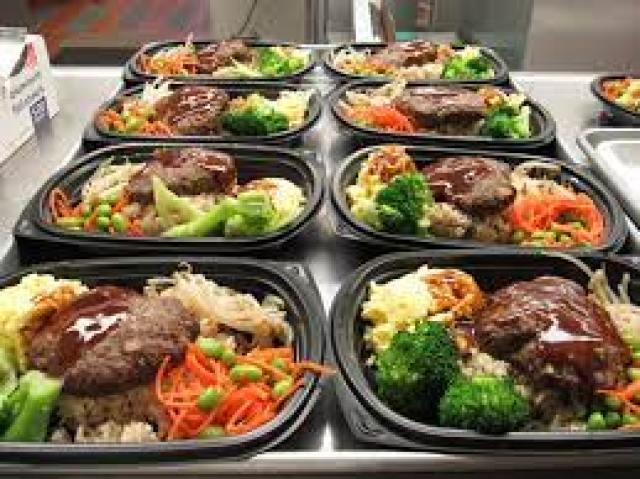Meals have become ingrained in each society as being natural and logical. What one society eats may seem extraordinary to another. The same is true of what was eaten long ago in history as food tastes, menu items and meal periods have changed greatly over time. During the Middle Ages the main meal of the day, then called dinner, for almost everyone took place late in the morning after several hours of work, when there was no need for artificial lighting. In the early to mid-17th century the meal could be any time between late morning and mid-afternoon.
During the late 17th and 18th centuries, this meal was gradually pushed back into the evening, creating a greater time gap between breakfast and dinner. A meal called lunch came to fill the gap. The late evening meal, called supper, became squeezed out as dinner advanced into the evening, and often became a snack.
Up until the early 19th century, luncheon was generally reserved for the ladies, who would often have lunch with one another when their husbands were out. The meal was often rather light, and often included left-overs from the previous night's dinner, which were often plentiful. As late as 1945, Emily Post wrote in the magazine Etiquette that luncheon is "generally given by and for women, but it is not unusual, especially in summer places or in town on Saturday or Sunday, to include an equal number of men" – hence the mildly disparaging phrase, "the ladies who lunch". Lunch was a ladies' light meal. Beginning in the 1840s, afternoon tea supplemented this luncheon at four o'clock.
With the growth of industrialisation in the 19th century, male workers began to work long shifts at the factory, severely disrupting the age-old eating habits of rural life. Initially, workers were sent home for a brief dinner provided by their wives, but as the workplace was moved farther from the home, working men took to providing themselves with something portable to eat during a break in the middle of the day.
Since lunch typically falls in the early-middle of the working day, it can either be eaten on a break from work, or as part of the workday. The difference between those who work through lunch and those who take it off could be a matter of cultural, social class, bargaining power, or the nature of the work. Also, to simplify matters, some cultures refer to meal breaks at work as "lunch" no matter when they occur – even in the middle of the night. This is especially true for jobs that have employees that rotate shifts.

